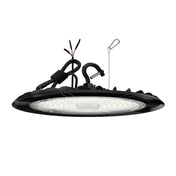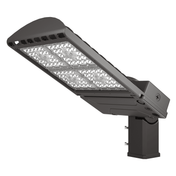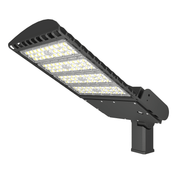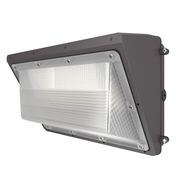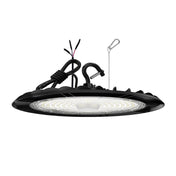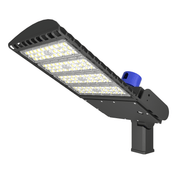Introduction
In the lighting industry, concepts such as wattage, lumen, and light distribution are often heard. Because this is closely related to the lighting effect of the lamp. As a consumer, one of the most common problems is the comparison between lumens and wattage. Taking energy-saving lamps as an example, we can see wattages and lumens on the outer packaging of the bulb. The former is the electrical power consumed by the bulb. Although it has a certain relationship with the brightness (luminous flux) of the lamp, it is not a direct determining factor. Lumen is the international unit of luminous flux, which directly reflects the total amount of visible light emitted by the bulb, which can be understood as the brightness of the light. In short, the higher the lumen, the more light the light source emits, and it can illuminate a larger area or a farther distance under the same conditions. Of course, the lighting effect is also related to many other factors, including useful lumens. This article mainly focuses on watts, lumens, useful lumens, and the relationship between them(watts vs lumens vs useful lumens). At the same time, we will also explain which factor we should pay more attention to in practical applications.
What’s wattage?
Wattage represents the amount of electrical power a lamp consumes. The higher the wattage, the more light it emits, providing the same efficiency in converting electrical energy into light. For example, it is easy to estimate the brightness of an incandescent bulb, which is usually 10-15 lm/W. So a 100W bulb is twice as bright as a 50W bulb. But nowadays, incandescent lamps are obsolete, and there are so many different types of light sources available on the market that it is difficult to use wattage to evaluate the brightness of a lamp. In general, LED light sources are more efficient than halogen lamps, CFLs, and incandescent lamps. If you need to compare lamps of different wattages (such as a 200W incandescent lamp, a 50W halogen lamp, and a 20W LED lamp, we need to know their specific efficiency to know which one is brighter.
What’s lumens?
Lumen is a physical unit that describes luminous flux, which represents the product of the luminous intensity of a light source in a certain direction and the solid angle contained in that direction. In simple terms, lumen is a unit that measures the total amount of visible light emitted by a light source. In the International System of Units (SI), one lumen is equal to the luminous flux emitted by a light source of one candela (unit of luminous intensity) within a unit solid angle (1 steradian). Therefore, lumen measures the amount of light emitted by a lamp, regardless of the type or wattage of the lamp. To help consumers better compare the brightness of different types of lamps, lamp manufacturers mark the lumen(LMS) number on the packaging. For example, a 100W incandescent lamp and an 18W energy-saving lamp both have a luminous flux of 1000 lumens, which can more intuitively show the lighting effect of the lamp after installation. On the contrary, comparing the wattage of the lamp cannot tell you which lamp is better, because the actual lighting results of the two are similar, and the latter is more energy-efficient, so we can understand that the 18W energy-saving lamp has more advantages than the 100W incandescent lamp.
What are useful lumens?
Useful lumens refer to the luminous flux that can be effectively used by the light source in practical applications. It differs from the total luminous flux (or rated lumens), which indicates the total amount of light emitted by the light source in all directions. Effective lumens consider factors such as light distribution (beam angle), installation height, and application environment to more accurately reflect the performance of the light source under actual lighting conditions. In lighting design and practical applications, effective lumens are more valuable for reference than total luminous flux. For example, in road lighting, if most of the light from the lamp is concentrated in a specific direction(Lateral light distribution), it can better illuminate the road (pavement) instead of green belts or houses. We can understand the light that shines on the road as effective lumens, and the luminous flux that is scattered to other areas that do not need lighting (green belts and houses) is listed as ineffective lumens. In general, total lumens = useful lumens + other lumens, and useful lumens can better reflect the lighting effect of the lamp in the application.

Watts vs lumens
Watts vs lumens for Incandescent lamps
Incandescent lamps have a relatively low luminous efficiency, mainly because most of the energy generated by incandescent lamps is dissipated in the form of heat energy, and only a small part is converted into visible light. The principle of incandescent lamps is that when current passes through the filament inside the incandescent lamp (usually made of a high melting point metal such as tungsten), the temperature of the filament rises (usually to thousands of degrees Celsius), and the filament begins to emit thermal radiation, which includes visible light. After consulting relevant information, we found that its luminous efficiency is around 10-15lm/w.
| Wattage of incandescent bulb | Luminaire efficiency | Luminous flux |
| 40W | 10.5lm/w | 420lm |
| 60W | 12.0lm/w | 720lm |
| 75W | 12.0lm/w | 900lm |
| 100W | 13.5lm/w | 1350lm |
Watts vs lumens for metal halide lamps
The name of the metal halide lamp comes from the halides of mercury and sodium (such as iodine, bromine, etc.). The inside of the metal halide lamp is filled with a certain pressure of inert gas (such as argon) and metal halides (such as sodium, mercury, cesium, etc.). When a high-voltage current is applied to both ends of the bulb, the electrons in the gas are accelerated by the electric field force. The accelerated electrons collide with the metal halide and transfer part of the energy to the atoms or ions in the metal halide, causing it to transition from a low energy level to a high energy level. The excited metal halide atoms or ions will return to the ground state after some time, and energy will be released in this process to form the light we see. Its luminous efficiency can reach 80lm/W or even higher.
| Wattage of Metal Halide bulb | Luminaire efficiency | Luminous flux |
| 100W | 100lm/w | 10000lm |
| 200W | 85lm/w | 17000lm |
| 250W | 80m/w | 20000lm |
| 400W | 90lm/w | 36000lm |
Watts vs lumens for LEDs
LED is composed of P-type semiconductor and N-type semiconductor, which form a PN junction. When a forward voltage is applied to both ends of the LED, current flows through the PN junction, and electrons and holes recombine and release energy, which is emitted in the form of photons, thus achieving light emission. In this process, the LED releases less heat, so its luminous efficiency is also the highest. The current mainstream LED outdoor lamps have a luminous efficiency of 140-170lm/w.
Which one is more important, wattage, lumens, or useful lumens?
The general principle to consider
For end consumers, Hylele believes that natural wattage is the most important. This is because ordinary consumers do not know much about lighting knowledge. When the product types are the same, it is more reasonable to pay more attention to the power (wattage) of the lamps. We can preliminarily judge their brightness through the wattage of the lamps.
For people who have some common sense of lighting, Hylele believes that it is more reasonable to pay attention to the lumens (luminous flux) of the lamps. Because it can more directly reflect the actual amount of light emitted by the lamps. When the product types are different, the wattage can only reflect the power consumption of the lamps, and it cannot directly reflect the brightness. On the contrary, through the luminous flux, we can know whether the lamps can meet the lighting needs. For example, to illuminate a 3x3m bedroom, 3000lm is often enough. If this is a study, we recommend 6000lm because it is related to the lighting requirements.
For professionals, useful lumens (light distribution) is more important than lumen. In addition to paying attention to lumens, lighting designers or lighting experts also need to pay attention to the light distribution of lamps (that is, how the light is distributed in the space). If the lamp has a reasonable light distribution, it can use more light (useful lumens) to illuminate the target lighting area. On the contrary, if the light distribution is unreasonable, even if the lumen is high, the lighting effect will be poor, because part of the light is not effectively used. It does not illuminate the target area, and it will also cause glare and light pollution.
Case 1: Lumens vs watts
Under the condition of the same wattage, the lighting effects of floodlights with different light results vary greatly. In this case, there are two standard tennis courts with a total size of 36×36 meters. Through lighting simulation, we found that a 240W (option 1) Zoom floodlight with 150lm/W can meet the lighting requirements of EN12193 Class II. If a 140lm/W lamp (option 2) is used, the illumination is 289lux. At this time, we have to increase the wattage to meet the corresponding requirements. It should be noted that the Lumileds 5050 chips we used in option 1 have a relatively high initial cost, but their later electricity costs are low. If a 120lm/w floodlight is used, the result shows that the illumination is only 258lux. Through calculation, we know that the wattage of the lamp must reach 300W to meet the project requirements. Not only is the initial cost of this solution high, but the later electricity costs are also high. To sum up, although option one requires a higher initial investment, its long-term energy-saving benefits are significant and it is the overall best choice. Option 2 has advantages in cost control, and is expected to reach 300lux through optimization. It is also an alternative that can be considered if initial costs need to be controlled. In contrast, option 3 was excluded from the selection due to high initial and maintenance costs.
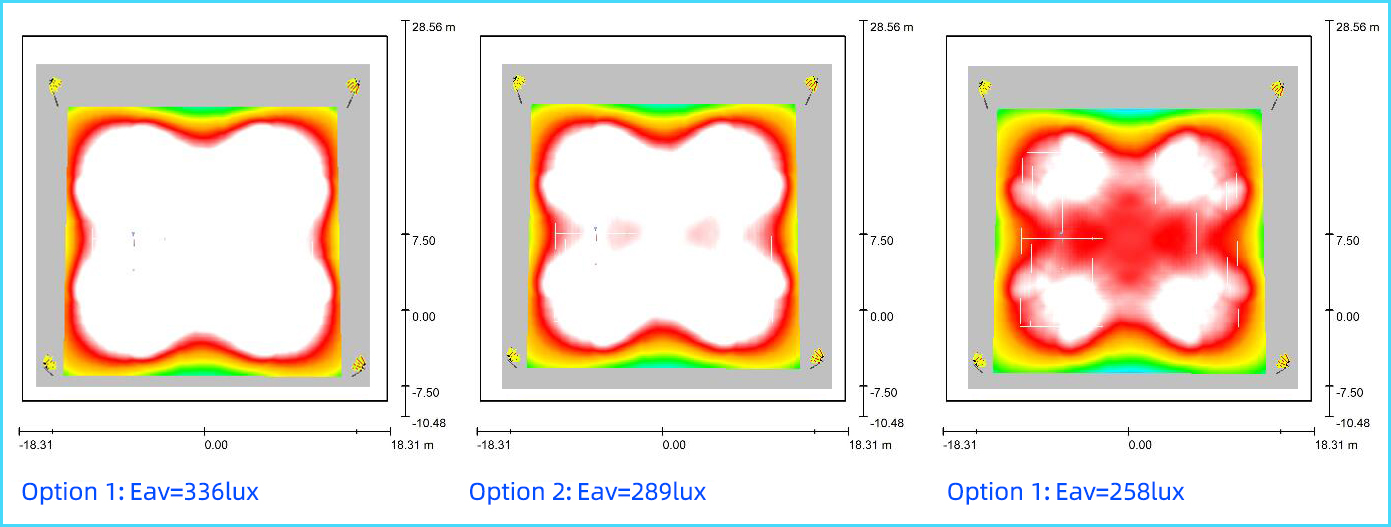
Summary
Watts, lumens, and useful lumens are all frequently encountered in the lighting industry. Hylele believes that it is very beneficial to have a clear understanding of each concept. Under the same wattage, the higher the lumen, the better. Under the same lumen, the lower the wattage, the better. At the same time, light distribution (useful lumens) also affects the quality of lighting design. The more reasonable the light distribution, the higher the proportion of effective lumens, and it can illuminate the target area with lower wattage/total lumen. LED manufacturers have been continuing their efforts in luminous efficacy and light distribution of lamps, aiming to meet project requirements with lower wattage. Hylele believes that only lamps with high luminous efficacy and reasonable light distribution can stand out in project competition. If you want to know more about light efficiency, how to provide light efficiency, and improve light distribution, you can contact us for relevant information.


